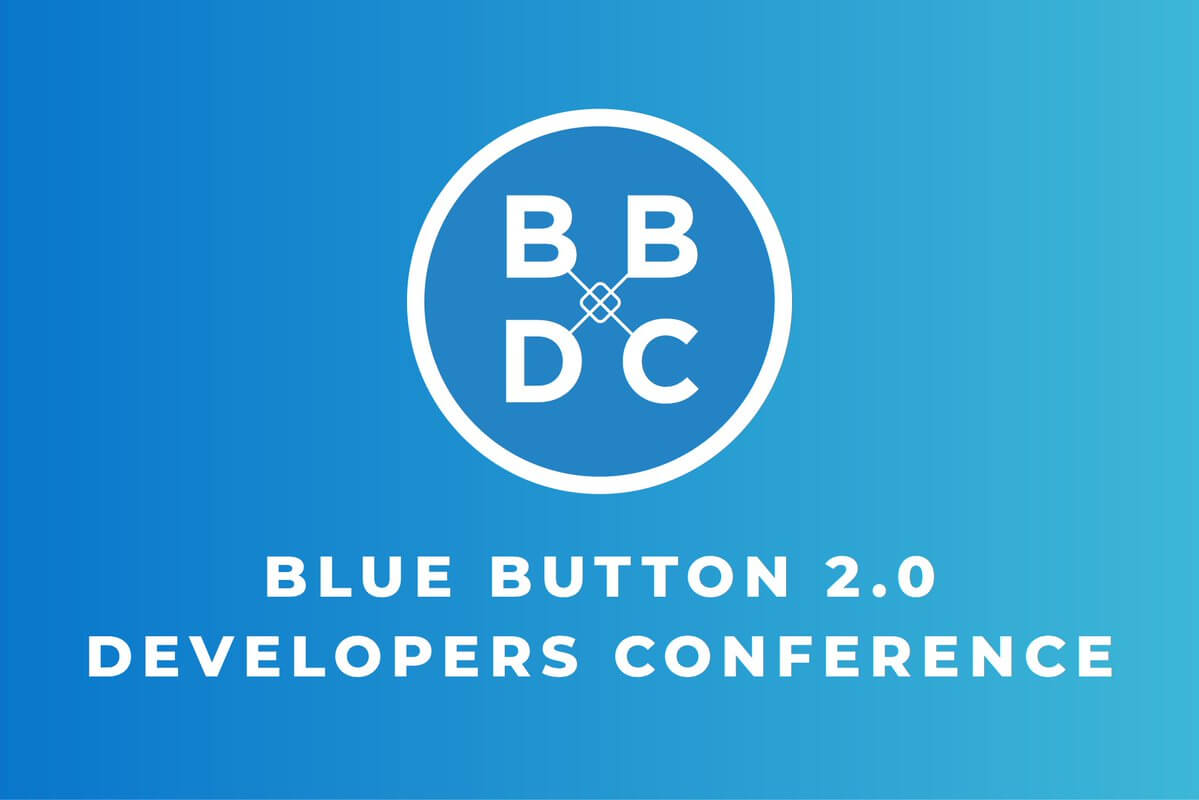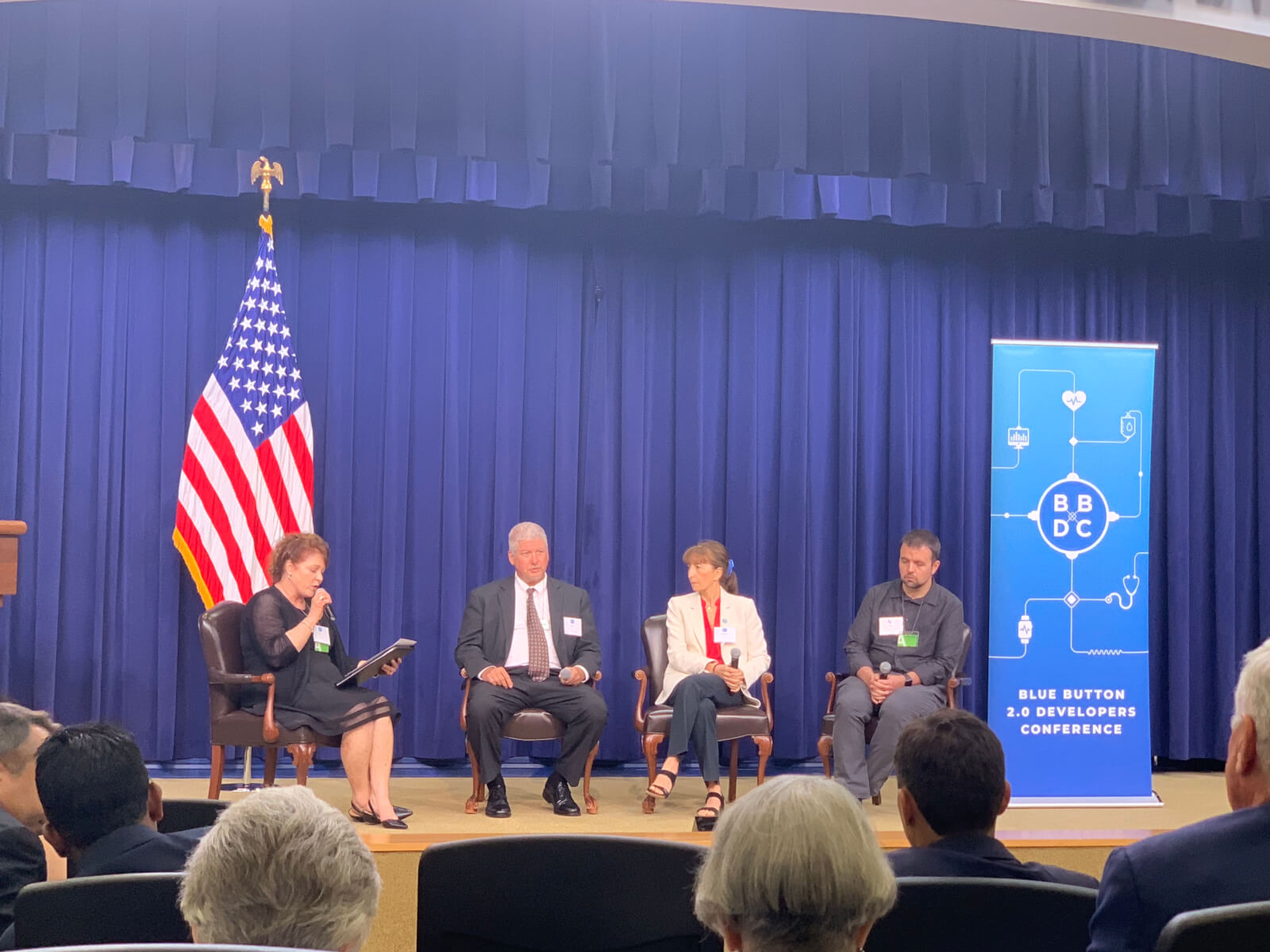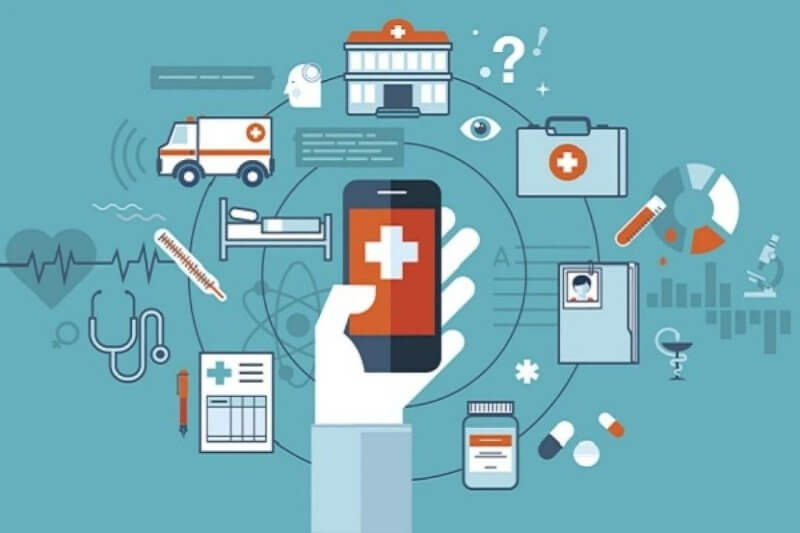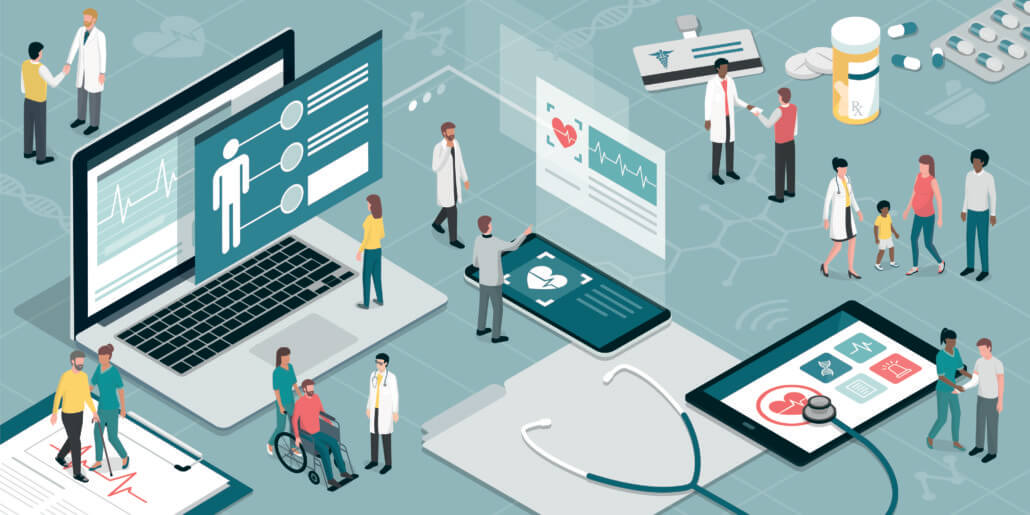
Digital transformation is revolutionizing all industries. But no field is feeling its impact greater than healthcare. As a result, it’s vital that health tech developers and policymakers work together and collaborate to build a healthier future for all.
The Blue Button 2.0 Developers Conference (BBDC) strives to make this more feasible by connecting tech pioneers with preeminent political leaders to improve the interoperability of the US healthcare system. Marc Fischer, our Co-Founder and CEO, was in attendance at the second annual holding of this event.
In this post, we cover the most memorable highlights and announcements from BBDC 2019.
Opening a Dialogue for Healthcare Innovation
Held at the White House on July 30, 2019, by the Office of American Innovation (OAI), BBDC brings developers and policymakers together to learn and share insights from one another about how technology can best be leveraged to unleash new healthcare innovation. With an original focus on Medicare claims data, BBDC is intent on improving medical outcomes for all Americans.

Attendees at this year’s event included an array of leaders and innovators in the healthcare space. Government institutions such as the Office of the National Coordinator for Health Information Technology (ONC), the Centers for Medicare and Medicaid Services (CMS), and the Food and Drug Administration (FDA) all had representatives present. Directors and chief executives from leading health providers as well as tech titans like Apple, Google, and Microsoft were also in attendance. And numerous startup founders, whose work ranged from incorporating AI chatbots into clinical studies to bringing mobile apps into clinical workflows, were also at the event.
BBDC 2019 speakers included leaders from various branches of the US government. Chris Liddell, White House Deputy Chief of Staff for Policy Coordination, gave opening remarks and welcomed CMS Administrator Seema Verma to the stage for her keynote address. Matthew Cutts, Administrator of the US Digital Service, also gave remarks. Cutts previously worked as part of Google’s search quality team and was the company’s head of web spam.
Empowering Patients With Better Data Access
Health record interoperability has been a red-hot topic for a number of years now. And due to its ability to empower all stakeholders in the US medical ecosystem, it was the main area of focus at BBDC 2019. At this year’s conference, CARIN, a nonprofit committed to consumer-directed health information exchange, unveiled its CARIN Blue Button API model and draft implementation guides.
Designed to provide patients with direct digital access to health insurance claims data, the CARIN Blue Button API is the private sector’s equivalent of the CMS’ Blue Button 2.0 (a program that helps Medicare beneficiaries access their claims data).
Beginning this year, the new initiative will be tested by twenty stakeholders including Anthem, Humana, Google, Apple, and Microsoft. It can hopefully move into production in 2020. “We envision a future where any consumer can choose any application to retrieve both their complete health record and their complete coverage information from any provider or health plan in the country,” the nonprofit explains in the new draft guidance.

With San Francisco Bay Area developers like Google and Apple supporting them, it looks like CARIN is well on its way towards achieving its vision.
Healthier Outcomes Depend on Interoperability
For her keynote address, CMS Administrator Seema Verma announced a similar endeavor to CARIN’s, but one that focuses on empowering healthcare providers and clinicians: Data at the Point of Care (DPC). Launched by CMS, this pilot program will give providers direct access to the claims data of Medicare beneficiaries so they can gain a more complete picture of patient history. Data can range from medication lists to previous diagnoses to medication lists.

Verma stated that this program builds off of Blue Button 2.0 and CMS’s MyHealtheData initiative, which strives to give patients more control over their data. “This new program will help fill in the areas of missing information that currently plague providers,” she explains. “By connecting claims data directly to providers at the point of care, providers will spend less time chasing down information or working with an incomplete picture of patients’ medical history.”
Providers can request access to the pilot on the program website. By participating, they can have direct access to patient information within their electronic health record workflow — no need to log into another application. CMS will begin deploying test data to the first few providers this month, with plans to start testing production data in September and October.

Technology can provide the right dose of innovation to transform the medical field for the better. But to do so, a fruitful dialogue must be opened between innovators and policymakers. From Marc’s point of view, BBDC is a step in the right direction towards building this collaboration. Here’s to a healthier future for all.






